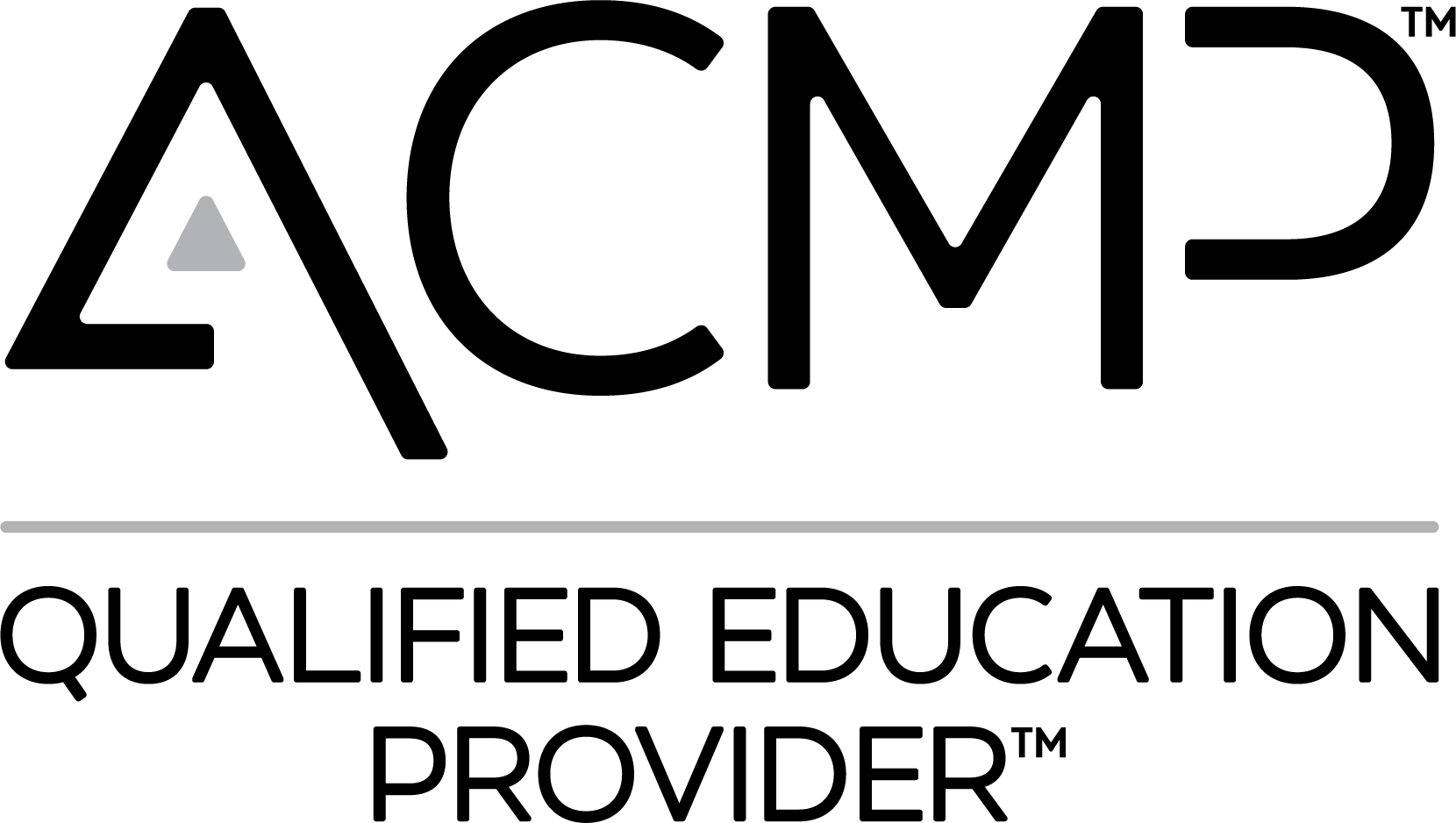Inclusion Isn’t Optional—It’s the Entry Ticket
Younger generations are reshaping the world of work. They expect an environment where they can show up as the fullest, best expression of themselves—and they’re willing to take their talent elsewhere if they don’t find it. At Change Enthusiasm Global (CEG), we’ve seen this pattern across industries and transformation journeys: organizations that prioritize inclusion attract and keep great people, move faster, and execute with more creativity and trust.
This post will give you a fresh, practical view of inclusion and three moves you can make from any role—individual contributor, manager, or executive—to build a workplace where everyone can contribute at their highest level.
You ready? Let’s get it.
What Inclusion Really Means (and Why It Matters)
There are many definitions of inclusion out there. One we love, popularized by Andrés Tapia of Korn Ferry, says it succinctly: diversity is the mix; inclusion is making the mix work. Diversity describes who is in the room. Inclusion determines how the room operates—who speaks, who’s heard, who advances, who gets sponsorship, and whose ideas shape the work.
An inclusive culture is one where people feel safe and encouraged to contribute their best thinking, share valuable perspective, and be recognized for who they are and what they bring. That safety fuels trust; trust fuels performance; performance fuels growth.
A critical nuance: inclusion collapses when a company quietly promotes a single script about how “successful people” look, talk, or act. You can have representation at every level and still pressure folks to squeeze themselves into a narrow mold to advance. Real inclusion breaks the mold—so that senior leaders, rising managers, and early-career talent can show up authentically and still be seen as leadership material.
Three Practical Steps to Build Inclusion From Any Seat
1) Take Responsibility: Inclusion Is Everyone’s Job
Inclusion doesn’t live only with HR or ERGs. Own your slice of the culture. Ask yourself:
- Intent vs. impact: Where do my good intentions not yet translate into inclusive impact?
- Bias check: What conscious or unconscious biases might be shaping who I ask for input, who I interrupt, or who I assume “isn’t ready”?
- Lived experience: How might marginalized teammates be experiencing our meetings, processes, and norms? What signals—subtle or loud—tell them whether they belong?
Take action in your immediate sphere:
- Meeting design: Rotate facilitation. Share agendas and pre-reads. Build in quiet-thinking time so not only the fastest talkers shape decisions.
- Idea flow: Ask, “Whose perspective are we missing?” Invite specific voices in. Credit the source when you amplify someone’s idea.
- Visibility: Share the mic. Nominate colleagues from underrepresented groups for high-impact projects, demos, and client exposure.
- Language: Use people’s chosen names and pronouns. Default to inclusive, person-first language. Correct mistakes with humility and move forward.
Mini-script: “I realized we’re hearing mostly from the same voices. I want to pause and make sure we include different perspectives. [Name], how do you see it? What are we not considering?”
Responsibility is proactive. Don’t wait for a policy; model the behavior.
2) Take Accountability: Align Actions With Outcomes
Talking about inclusion is easy. Accountability means you measure whether what you’re doing actually makes people feel safer, more respected, and better able to contribute.
Try this accountability loop:
- Set a specific aim. “Increase inclusive participation in our weekly staff meeting.”
- Choose behaviors. “Send agendas 24 hours in advance; add a 2-minute silent ideation; track airtime; rotate facilitators.”
- Gather feedback. After a month, ask: “Do you feel you have equitable space to contribute? What helps? What hinders?”
- Adjust. Keep what works; tweak what doesn’t. Share what you’re learning so your team sees progress in motion.
Own misses instead of outsourcing them:
- From: “Leadership hasn’t set a policy.”
- To: “I noticed two people were interrupted repeatedly. I didn’t intervene. Next time I’ll pause the discussion, invite them back in, and set a norm about not talking over others.”
Accountability also means learning out loud. When an action lands poorly—even with good intentions—thank the person who gave you the data, apologize for the impact, and improve the behavior. That’s how trust compounds.
Mini-script: “Thanks for telling me that my comment landed exclusionary. I’m sorry for the impact. Here’s what I’ll do differently going forward—please keep holding me to it.”
3) Have the Uncomfortable Conversations (They’re Where Growth Lives)
This is the hardest step—and the most transformative. Inclusion requires courageous dialogue about topics many people avoid: bias, inequity, racism, homophobia, transphobia, sexism, ableism, and the systems that reinforce them. When we look away, progress stalls and pain compounds.
You don’t have to be a “DEI expert” to start. You do have to be open-minded, open-hearted, and judgment-light—and willing to be vulnerable about your own learning curve.
A simple flow for difficult conversations:
- Center curiosity. “I want to understand your experience better.”
- Acknowledge emotion. “Given what you’ve described, it makes sense this is painful.”
- Own what’s yours. “I missed this dynamic in our last meeting. That’s on me.”
- Co-create next steps. “What change would make this space safer? Here’s what I can do; what else would help?”
- Follow up. Circle back within a week to share progress and keep momentum.
Mini-script: “I’ve been avoiding a hard topic because I didn’t want to say the wrong thing. That isn’t fair to you. If you’re open to it, I’d like to listen, learn, and work with you on concrete changes so this team is safer and more inclusive.”
Yes, it will be uncomfortable. Discomfort is data—a signal you’re in a growth zone. Lean in with humility, and you’ll unlock understanding and connection that simply isn’t accessible through surface-level conversations.
Busting the “Leadership Look” Myth
A common blocker to inclusion is the unspoken belief that leaders must look and act a certain way to advance. When that script dominates, people at high levels still feel boxed in, and emerging leaders self-edit to fit a template that wasn’t built with them in mind.
Dismantle the myth by:
- Celebrating varied leadership styles. Analytical, relational, visionary, operational—your culture needs the full spectrum.
- Expanding what “professional” means. Professionalism is about respect and results, not assimilation.
- Showcasing difference at the top. Put diverse leaders front-stage and let them lead as themselves, not as replicas of a single archetype.
Mini-script (for leaders): “There isn’t one ‘right’ leadership style here. We value outcomes and integrity. Bring your strengths—and we’ll build around them.”
The Change Enthusiasm® Lens on Inclusion
CEG’s Change Enthusiasm® framework turns emotion into an advantage during transformation. It’s a powerful ally for inclusive culture work:
- Signal Spotting: Notice emotions (your own and others’) without judgment—frustration, fear, hope, excitement. Emotions are data.
- Opportunity Framing: Ask, “What might this moment be offering?” Maybe it’s the chance to redesign a meeting format or address a harmful norm.
- Choice Making: Pick a forward move you can own today—invite missing voices, interrupt an interruption, correct a misstep, or schedule the hard conversation.
Used consistently, this lens builds a shared habit: we don’t deny emotional energy—we harness it to make the mix work.
Ready-to-Use Scripts for Everyday Inclusion
Invite broader input
- “Before we decide, I want to hear from folks we haven’t heard from yet. [Name], what’s your take?”
Interrupt the interruption (graciously)
- “Let’s pause—[Name] wasn’t finished. I want to hear the rest of their thought.”
Sponsor in the moment
- “This was [Name]’s idea originally—can you recap your approach so we capture it correctly?”
Open a hard topic
- “I’m worried our current norm is sidelining some teammates. Can we talk about how to change it so everyone can contribute?”
Repair a miss
- “I talked over you earlier. I’m sorry. I’d like to come back to your point now if you’re willing.”
Common Pitfalls (and Better Alternatives)
Pitfall: “We hire the best person for the job.” (often used to shut down inclusion efforts)
Better: “We define ‘best’ broadly and reduce bias so we don’t miss great talent.”
Pitfall: “I don’t see color / gender / difference.”
Better: “I do see differences—and I’m committed to ensuring they aren’t barriers to opportunity.”
Pitfall: “I meant well.”
Better: “My intent was X; the impact was Y. I’m sorry. Here’s what I’m changing.”
Pitfall: “This isn’t my lane.”
Better: “In my lane, here’s what I can do this week to make participation more equitable.”
Turn Inclusion Into a Repeatable System
Sustainable inclusion comes from habits and systems, not one-off moments.
- Ritualize equity: Add airtime tracking and round-robins to recurring meetings.
- Make feedback safe: Use anonymous pulse checks and discuss themes transparently.
- Codify sponsorship: Track who gets high-visibility work; rotate opportunities.
- Share learning: A brief monthly “What we changed to be more inclusive” note shows movement and invites contributions.
When actions are visible and trackable, people believe the culture is changing—because they can feel it.
Free Resource: Lead Culture Change With Confidence
If this resonates, we’ve got something to help you go further. We’re sharing a free recording of a keynote Cassandra delivered to an organization navigating intense market disruption and internal change. In it, she covers research from Change Enthusiasm Global and practical tactics for leading and influencing others through culture change—the real-world moves that build inclusion while you execute.
[Get the free keynote snippet →]
Bringing It All Together
Inclusion is the work of making the mix work—so every person can contribute fully and grow. You don’t need a new title to start. From wherever you sit:
- Take responsibility. Own your slice and take action today.
- Take accountability. Measure impact, learn out loud, and iterate.
- Have the uncomfortable conversations. That’s where understanding—and cultural momentum—live.
Do this consistently and you’ll help build the kind of culture where people don’t just stay—they thrive.
MORE
INSIGHTS
What To Do When You Get Laid Off: A Change Enthusiasm Guide
Getting laid off can feel devastating, but it doesn’t define your worth. Learn how to process the emotional impact, regain clarity, and move forward with five powerful self-guiding questions rooted in the Change Enthusiasm® mindset.
How to Navigate Constantly Changing Priorities at Work
Set Intentions, Not Destinations By Change Enthusiasm Global In today’s workplace, one thing is certain: priorities will shift-often without warning. Whether you work in healthcare, tech, retail, finance, or manufacturing, the expectation to rapidly pivot has become part of the modern professional experience. But here’s the truth that most organizations overlook: Frequent priority changes aren’t … Read more
How Leaders Influence Change: From Executive Sponsor to Executive Example
Leadership doesn’t just direct change—it signals it. Learn how to move beyond executive sponsorship into executive example, and use three influence tools (verbal, non-verbal, and actions) to enroll your entire organization in transformation.










